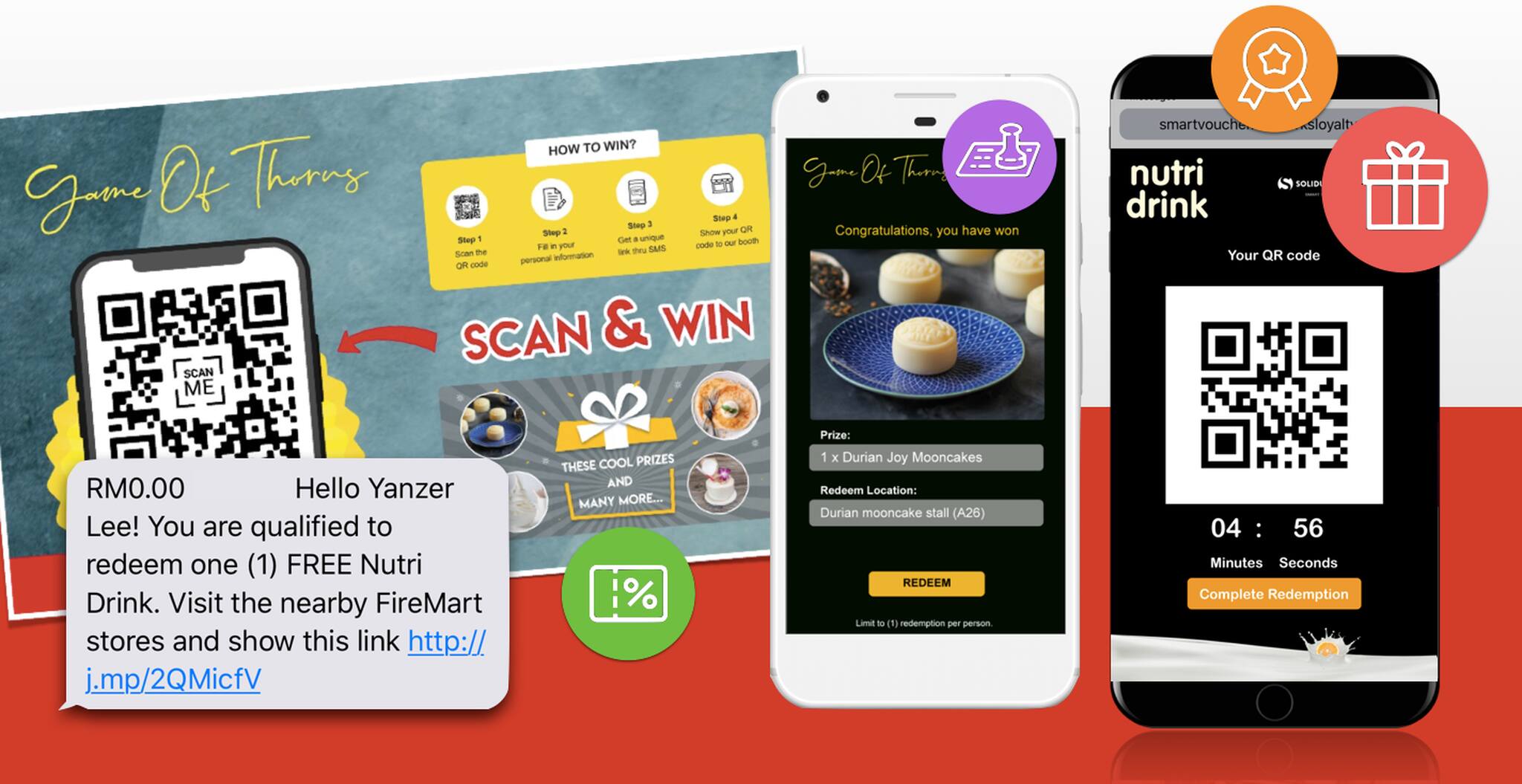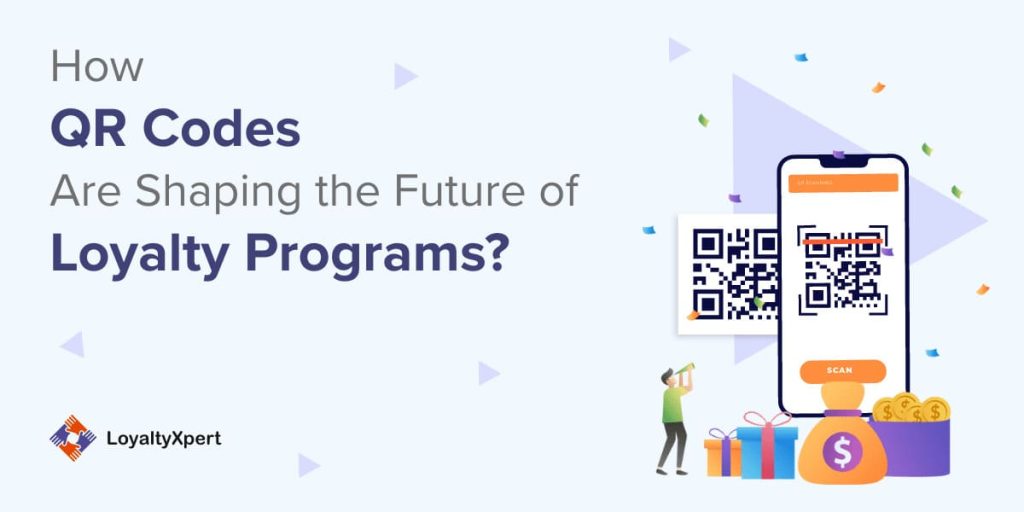How a Loyalty System Can Increase Client Retention and Service Growth
Wiki Article
Boost Consumer Retention With a Powerful Commitment System
In today's competitive marketplace, boosting client retention is not merely helpful but crucial for sustained growth. A well-designed commitment system serves as a crucial tool in this venture, fostering significant connections in between services and their consumers. By understanding the basic elements of reliable loyalty programs, organizations can customize their methods to fulfill varied customer demands.Value of Client Retention
Customer retention is a keystone of lasting service success. It shows the ability of a company to keep its customers engaged and satisfied with time, resulting in repeat acquisitions and long-term profitability. Keeping existing customers is commonly much more affordable than obtaining brand-new ones, as it lowers advertising costs and promotes a loyal consumer base that promotes for the brand.
Furthermore, high client retention prices can improve a firm's reputation in the marketplace, attracting new consumers with positive word-of-mouth and references. Companies that focus on customer retention are likewise much better placed to gather beneficial responses, enabling them to improve their offerings and address possible issues proactively. Eventually, reliable client retention approaches create a strong structure for growth, allowing companies to flourish in a significantly competitive landscape.
Key Components of Commitment Programs
A properly designed commitment program acts as a powerful tool for boosting customer retention by supplying incentives that urge repeat service. To accomplish this, several key parts have to be incorporated into the program.First, a clear structure for rewards is important. Customers ought to quickly comprehend just how to gain benefits or points, which can be based on acquisition regularity, spending levels, or certain actions like recommendations. This transparency promotes trust and inspires interaction.
Second, personalization plays a crucial role. Tailoring rewards and interaction to private choices improves consumer complete satisfaction and reinforces partnerships. By leveraging data analytics, organizations can offer targeted promos that reverberate with consumers' passions.
Third, ease of use is crucial. A smooth sign-up process and an user-friendly user interface for tracking incentives can dramatically enhance customer experience. If customers find it troublesome to navigate the program, they may disengage.
Last but not least, routine interaction and updates concerning the program maintain it top-of-mind for consumers. Informing them of new incentives, exclusive deals, or program changes helps preserve passion and involvement.
Integrating these components efficiently can cause an extra successful commitment program that dramatically increases customer retention.
Kinds Of Loyalty Equipments
Checking out different kinds of loyalty systems reveals distinctive methods that companies can embrace to promote customer retention. One typical type is the points-based system, where consumers earn factors for every acquisition, which can later be redeemed for rewards. This uncomplicated method incentivizes repeat purchases and maintains customers involved.
Cashback loyalty programs, where clients receive a percent of their purchases back as cash money or store credit history, are also popular. This design straight compensates investing, creating a prompt incentive for customers to return.
Additionally, subscription-based commitment systems offer customers with unique advantages for a recurring fee. This technique not only makes certain a steady income stream yet also fosters long-lasting partnerships with clients who value continuous perks.
Last but not least, experiential commitment programs focus on supplying one-of-a-kind experiences, such as individualized solutions or exclusive events, boosting emotional links and brand commitment. Each kind of loyalty system provides one-of-a-kind benefits, enabling businesses to straighten their approaches with client choices.
Finest Practices for Implementation
When carrying out a commitment system, businesses should prioritize understanding their client base to customize the program efficiently. Carrying out complete research study to determine client preferences, behaviors, and motivations is essential. This understanding will certainly direct the layout of the loyalty program, ensuring it resonates with the target market.Selecting a model that lines up with consumer expectations can improve involvement. In addition, simplicity is important; customers must easily understand just how to earn and retrieve benefits.
Assimilation with existing systems is another finest practice. The commitment program need to perfectly link with point-of-sale systems, mobile applications, and customer relationship management (CRM) tools to offer a natural experience. Reliable interaction is vital. Companies must routinely promote the commitment program through various channels, making sure customers are aware of the benefits.
Lastly, gathering continuous responses is necessary for continual improvement. Solicit customer input to adjust and fine-tune the program to transforming preferences, ultimately fostering lasting loyalty and boosting client fulfillment.
Gauging Loyalty Program Success
Efficiently executing a commitment program prepares for measuring its performance. To next page determine success, companies need to establish clear metrics that align with their goals. Key performance signs (KPIs), such as client retention rates, typical transaction value, and frequency of repeat acquisitions, provide beneficial understandings right into program performance.
Another his explanation essential action is the redemption price, which indicates how commonly clients use their benefits. A high redemption rate often mirrors a program's beauty and importance to customers. Furthermore, tracking client engagement with involvement in unique promos or occasions can disclose patterns in loyalty actions.
Consumer feedback is additionally crucial; studies and focus groups can illuminate perceptions of the loyalty program, highlighting locations for renovation. In addition, analyzing client life time value (CLV) can aid evaluate the monetary impact of loyalty efforts.
Executing these dimension techniques permits companies to analyze the program's efficiency constantly. This data-driven method enables informed decisions for optimizing offerings, improving client experiences, and eventually promoting much deeper consumer commitment. By consistently assessing these metrics, organizations can ensure their loyalty programs evolve in tandem with consumer expectations and market characteristics.

Verdict
Finally, a well-structured loyalty program dramatically boosts customer retention by promoting strong connections with customized incentives and efficient communication. Implementing best techniques makes certain that the program stays straightforward and pertinent, while continual responses assists in continuous enhancements. Inevitably, an effective loyalty system not only enhances client fulfillment however also drives repeat acquisitions, establishing a dedicated customer base that is crucial for long-term organization success and sustained success.Maintaining existing consumers is typically extra cost-efficient than getting brand-new ones, as it reduces advertising and marketing costs and promotes a loyal customer base that promotes for the brand.
In enhancement, high customer retention prices can improve a business's credibility in the market, bring in new consumers through positive word-of-mouth and referrals.When implementing a commitment system, services ought to focus on understanding their client base to customize the program successfully. Organizations ought to routinely advertise the commitment program through numerous channels, ensuring customers are mindful of the advantages.
Inevitably, a powerful commitment system not only improves consumer fulfillment however also drives repeat acquisitions, establishing a faithful consumer base description that is essential for long-term business success and sustained profitability.
Report this wiki page